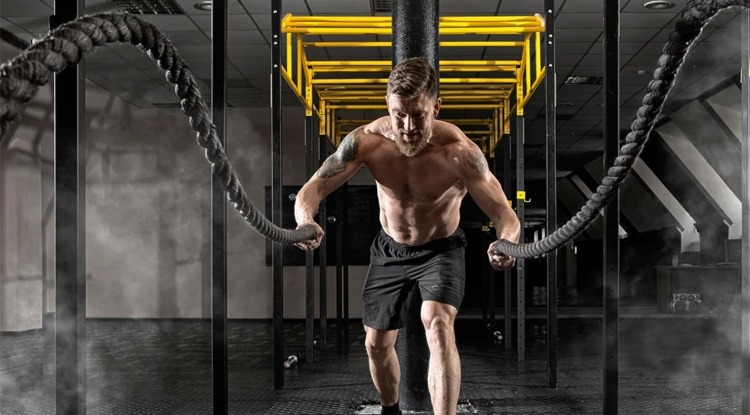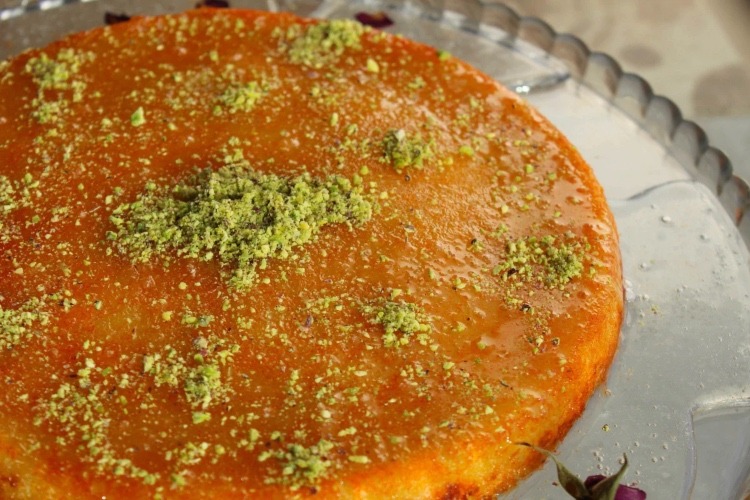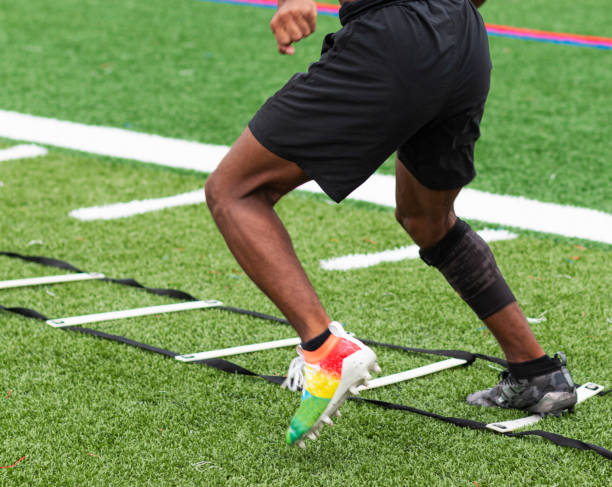Ramadan poses a chance for all of us to reduce our calorie consumption and pave the way for a healthier lifestyle…assuming it’s done right. There are a variety of workouts that can benefit the body differently. For example, yoga, gym, and cross-fit are all healthy workouts that help us develop strength, endurance, and stamina. This is not possible, however, without the proper nutrition, which affected during fasting.
To get more insight on when to train and how we can change our lifestyles during Ramadan, we spoke with fitness trainer Samir EL-Degwi, founder of Transforma Fitness Academy, with 10 years of experience, El-Degwi has gained vast knowledge in the fitness and nutrition field.

The golden question: what type of workout should we do before and after iftar?
Weightlifting, which needs stamina and high amounts of energy, according to El-Degwi, is best suited for after iftar, “due to fasting, we are missing a large percentage of our nourishment and therefore do not have the energy to lift any weights.” El-Degwi then mentioned that before iftar, a cardio workout is the optimal option, “cardio workouts help you burn fat quickly, and they are the best workouts if you want to lose weight”.

How can we divide our meals and calorie intake?
El-Degwi recommends that people, “have a light iftar, go workout two hours later, and then have another meal after the workout.” This will help improve your calorie intake drastically and discourage you from overeating. As for desserts, El-Degwi cautioned against eating them, claiming that they are a major deterrent to weight loss, “nothing surpasses a Konafa or a basbousa after a big iftar. Keep in mind though the number of calories your body is taking in.” While switching to fruits seems like the optimal choice, El-Degwi told us that, “it’s okay for people every now and then to have a small piece of their favorite dessert.”
El-Degwi offered us a simple tip that, if used, will result in eating far less food during iftar, “sitting somewhere other than the main table where all the food is helps tremendously in limiting your meal intake,” he claimed. Even though it would appear insulting to some, you can still eat with your family at another place and only go to that table once to get your fair share of food.

Is it different for athletes and non-athletes?
Athletes and people who are fresh to the fitness scene are unquestionably different. First, El-Degwi explained to us the concept of “muscle memory,” a neurological process that allows us to remember certain movements and perform them without conscious effort.
This plays a pivotal role making it easier for athletes to perform most workouts before iftar because of their muscle memory. To support this, El-Degwi said, “people who are new to fitness should start with easier workout to build up their muscle memory especially before iftar.”

How to maintain a healthy transition from Ramadan to Eid?
El-Degwi was quick to point out that after Ramadan, the true battle begins because we have more time and less of a routine. El-Degwi cautioned, “when Ramadan is over, we go into the holidays (Eid al-Fitr), and it becomes harder to maintain that lifestyle…during Ramadan, we are able to set a routine for ourselves where we know when we will be eating, when we will work out, and what types of exercises to do”.
El-Degwi told us that the best way to smoothly transition from Ramadan to the holidays, is to “stick to the routine that we created in Ramadan and slightly adjust the timings of the meals and workouts.” Once you’re able to do that, El-Degwi suggested that, “you’ll be able to plan a workout schedule for yourself regardless of the month and their season.”

While working out during Ramadan could be seen as challenging, if you use these tips from El-Degwi, you’ll be able to establish a fitness and nutritional routine for yourself and this will help you gradually to raise your fitness levels and live a healthy lifestyle.



